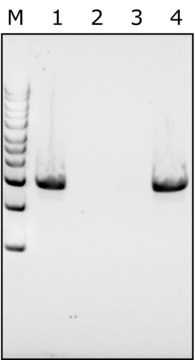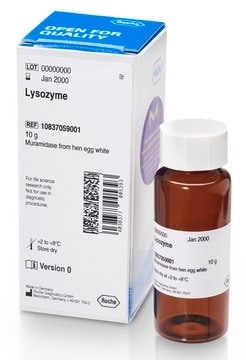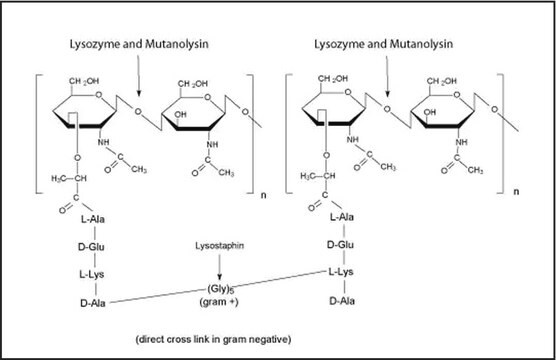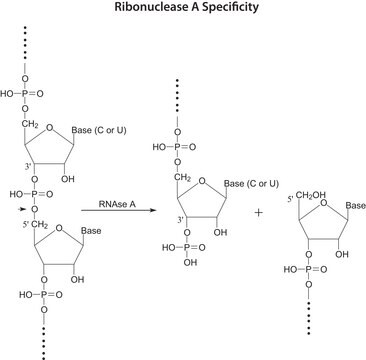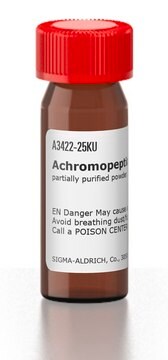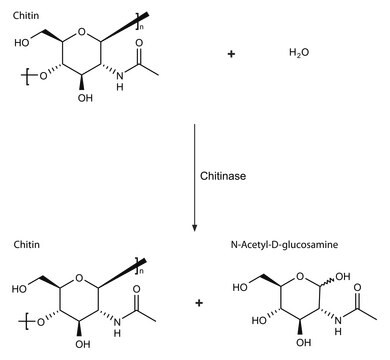M9901
Mutanolysin from Streptomyces globisporus ATCC 21553
lyophilized powder, ≥4000 units/mg protein (biuret), Chromatographically purified
Synonym(s):
Mutanolysin
About This Item
Recommended Products
biological source
bacterial (Streptomyces globisporus)
Quality Level
form
lyophilized powder
specific activity
≥4000 units/mg protein (biuret)
mol wt
23 kDa
suitability
suitable for cell lysis
application(s)
diagnostic assay manufacturing
shipped in
wet ice
storage temp.
−20°C
Looking for similar products? Visit Product Comparison Guide
Related Categories
General description
Application
Biochem/physiol Actions
Unit Definition
Physical form
Other Notes
Legal Information
Substrate
signalword
Danger
hcodes
pcodes
Hazard Classifications
Resp. Sens. 1
Storage Class
13 - Non Combustible Solids
wgk_germany
WGK 1
ppe
Eyeshields, Gloves, type N95 (US)
Choose from one of the most recent versions:
Certificates of Analysis (COA)
Don't see the Right Version?
If you require a particular version, you can look up a specific certificate by the Lot or Batch number.
Already Own This Product?
Find documentation for the products that you have recently purchased in the Document Library.
Customers Also Viewed
Our team of scientists has experience in all areas of research including Life Science, Material Science, Chemical Synthesis, Chromatography, Analytical and many others.
Contact Technical Service



